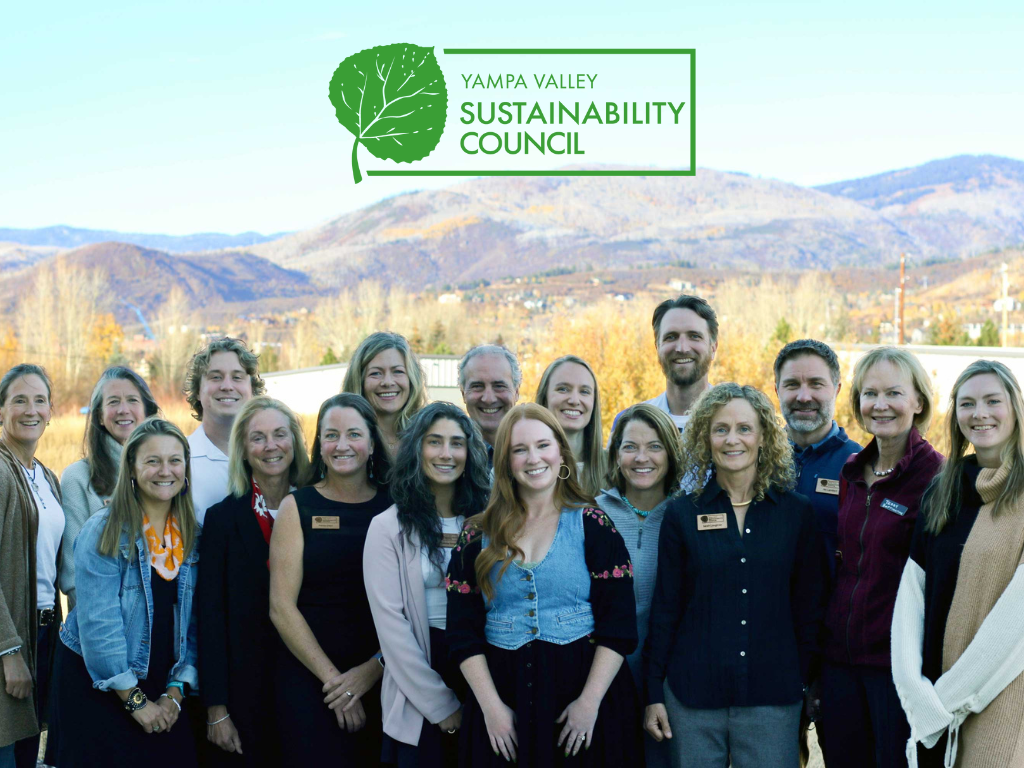APRIL 19, 2019 BY
As appeared on the New York Times opinion pages – April 18, 2019
Any serious energy transformation will need to harness America’s powerful and creative economic engine.
By Amory B. Lovins and Rushad R. Nanavatty
Lovins and Nanavatty work at Rocky Mountain Institute, an apolitical nonprofit with Colorado offices in Basalt and Boulder, that is focused on creating a clean, low-carbon energy future.
The best thing to come from the Senate’s floor debate on the Green New Deal late last month may have been these eminently sane remarks, calling on lawmakers of both parties to “move together” in order “to lower emissions, to address the reality of climate change, recognizing that we’ve got an economy we need to keep strong, that we have vulnerable people we need to protect, that we have an environment that we all care about — Republicans and Democrats.”
Who said it? A Republican, Senator Lisa Murkowski of Alaska, who leads the Energy and Natural Resources Committee. “My hope is we get beyond the high-fired rhetoric to practical, pragmatic, bipartisan solutions,” she said on the chamber floor.
The path is there, if our leaders will only choose to take it. In 2011, Reinventing Fire, an energy study by Rocky Mountain Institute, where we work, showed how a business-led transition could triple energy efficiency, quintuple renewables and sustain an American economy 2.6 times larger in 2050 than it was in 2010 with no oil, coal or nuclear energy, and one-third less natural gas. The net cost was $5 trillion less than business-as-usual — or even more valuable if a price was put on carbon emissions.
Any serious energy transformation effort — whether the Green New Deal or “pragmatic, bipartisan solutions” called for by Senator Murkowski — will need to harness America’s immensely powerful and creative economic engine, not dismantle it. This means unleashing the market in sectors where we already know how to profitably reduce emissions (electricity, transportation, buildings), creating markets for solutions in areas where there aren’t yet enough answers (heavy industry, agriculture) and fixing market failures (unpriced carbon, for instance, or rewarding utilities for selling more electricity rather than cutting your bill).
Here’s how:
First, we should let competition and flexibility rule our electricity system. Abundant market data show that a renewably powered future would cost less than our current system. Electricity providers have gotten the memo, even if Washington hasn’t. To save their customers money, utilities in Indiana, Michigan, Minnesota, Colorado and Utah are phasing out old coal and nuclear plants and replacing them with wind and solar. Clean energy portfolios — including affordable battery storage and other flexible resources — are starting to displace natural gas in California and New York.
Concerns about round-the-clock availability of electricity from a highly renewable grid, a common fear, are mostly misplaced. The Department of Energy has assessed that renewables “that are commercially available today,” combined with a more flexible electric grid, can reliably supply up to 80 percent of our electricity in 2050 (and these technologies are advancing every year). Four European countries with modest or no hydropower get from 46 percent to 71 percent of their electricity from renewables, with grids more reliable than those in the United States.
In America, Iowa and Texas are leading the way on wind. Over 35 percent of Iowa’s electricity is wind-generated. This has provided a second source of income to farmers whose lands host turbines and given Iowans among the lowest power prices in the nation. Over all, the estimated $476 billion needed to build a flexible grid that integrates renewables would yield $2 trillion in saved energy and reliability benefits.
Second, correcting our biggest market failure by putting a price on carbon by taxing it and then rebating the revenues equally to all citizens would be “the most cost-effective lever to reduce carbon emissions at the necessary scale and speed,” according to a recent statement signed by more than 3,500 economists, including 27 Nobel laureates. Combining carbon pricing with border tax adjustments and rebates for citizens would ensure we didn’t export our emissions or hurt working-class Americans. Clearer price signals could drive cheaper and cleaner practices if we eliminated market barriers that are obstacles to efficiency and clean energy.
For sectors with fewer market-ready substitutes and less sensitivity to fuel prices, like industry and agriculture, we need other approaches. Hence our third point:
We need to take advantage of the world’s most successful research and development organization — the federal government — to solve our remaining technology challenges. Government R&D helped develop the internet, the Global Positioning System, fracking, many vital drugs and, more recently, breakthrough battery technologies. The government now needs to apply its early-stage investment muscle, in concert with private enterprise, to cutting greenhouse gas emissions in these harder-to-abate sectors.
Failures should outnumber successes, as in any sound early-stage investment portfolio. But just a handful of big wins can deliver potentially incalculable value to our economy and planet. Which brings us to our final point.
We should base investment decisions on net value, not cost alone.
Green New Deal critics often look at only one side of the accounting ledger. A columnist for The Wall Street Journal, for example, recently pointed to the $400 billion estimated cost of retrofitting American buildings without mentioning the $1.4 trillion net value (retrofit costs minus saved energy costs) of doing so.
Much of this value can accrue to working Americans who need it most. Nationally, the average energy burden for low-income families is three times greater than for the rest of the country. Low-income families tend to rely more on expensive heating fuels, and have older, less efficient furnaces, appliances and homes. They are likelier to get sick from living near fossil fuel production. Consequently, they can benefit the most from lower-cost renewable energy, phasing out fossil fuels and improved buildings.
And for economywide industrial competitiveness, we can’t afford not to speed these changes. In 2018 China added four times as much solar capacity as the United States, bolstering China’s industrial competitiveness for decades to come. And while American automakers suffer from the collateral damage of this administration’s trade war, China is expected this year to double its sale of electric cars, to two million — half of the world total, by some industry estimates.
Energy efficiency and renewables enjoy overwhelming public support because they offer so many benefits — for competitiveness and jobs, national security and community choice, health and environment, equity and innovation. If you like any of those outcomes, you can support a market-driven Green New Deal without needing to like every outcome — or agree on which outcome is most important.
To this point, America’s energy transition has been driven by insurgent entrepreneurs and the private sector, not politicians. Now we finally have an emergent legislative effort with ambition matching the existential crisis, and the unique opportunity, in front of us. Fully leveraging the power of the market through smart, trans-ideological policy would make us unstoppable.
Amory B. Lovins is co-founder and chief scientist and Rushad R. Nanavatty is a principal of Rocky Mountain Institute, an independent, apolitical nonprofit focused on speeding a market-based shift from fossil fuels to efficiency and renewables.






